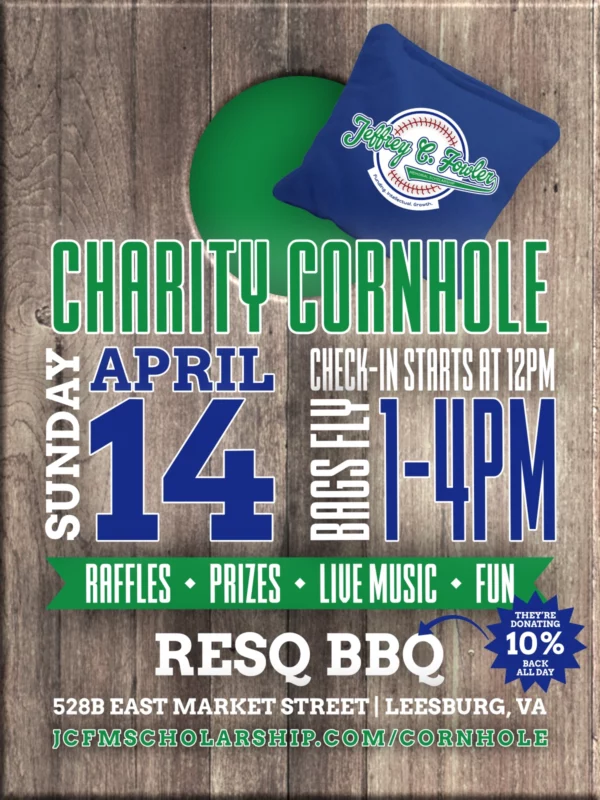Loudoun County, Va. — Have you ever “rolled” your ankle? Chances are that you have, because what is commonly referred to as a “rolled ankle” or ankle sprain is one of the most common injuries that people experience. It’s important to know though that once an ankle is sprained, the chances of re-spraining it go up dramatically. Fortunately, there are steps you can take in order to get back on your feet.
First, let’s talk about what happens when you “roll” your ankle. That pulling or “pop” is damage to the ligaments that maintain the stability of your ankle. There are numerous ligaments that allow your ankles to remain stable.
Although a sprained ankle sounds like an injury that is not severe, “sprain” defines the type of injury, not the severity. Sprains can be anywhere from minimal damage to a complete rupture (or tear) of the involved tissues. Do not neglect seeking professional help for your injury because you think that it is “just a sprain.”
Your next thoughts might be one of two things:
1. I have sprained my ankle plenty of times, and I’m always fine after a couple of days.
2. All I need to do is rest.
One of the primary reasons for recurrent ankle sprains is neglecting the proper healing process. While rest does have a role in the initial stages, in order to properly prepare the tissues of the ankle for the demands that they will face after injury, a gradual return to activity and a structured rehab plan is necessary. When the body is in the process of healing itself, it lays down tissue with little rhyme or reason. Without a guided approach to rehab, the tissue stays in that formation and although you may feel fully healed, the ankle is not prepared to perform at its best or protect itself from another injury.
In the initial stages of injury, PRICE is important.
- Protection
- Rest
- Ice
- Compression
- Elevation
PRICE will help control the body’s natural inflammatory response and aid recovery. Following the first stage of injury rehabilitation, it’s necessary to gradually return the ankle to its highest level of function. While it may seem cumbersome to have to do this in stages, each subsequent ankle sprain exposes the joint to more damage. This is why rehabilitation is a key to injury prevention.
RULE OF THUMB: If you skip a proper rehab process for your ankle sprain – or any injury for that matter – you are definitely exposing yourself to even greater injury risk and time loss from whatever activities you enjoy.
NOTE FROM OUR SPONSOR: Whether it’s a sport-related ankle sprain or you simply stepped off the curb incorrectly, don’t brush off an ankle sprain as ‘just an ankle sprain’. Call Loudoun Sports Therapy Center TODAY at 703-450-4300 and have one of our physical therapists fully evaluate your ankle so they can design a personalized plan of care for you aimed at getting you back on your feet and back doing the activities you love.
[adrotate banner=”13″]


